Artist Project / 100 Special Moments
All together now
Jason Salavon
As Susan Sontag has observed, “Photography reinforces a nominalist view of social reality as consisting of small units of an apparently infinite number—as the number of photographs that could be taken of anything is unlimited. Through photographs, the world becomes a series of unrelated, free-standing particles; and history, past and present, a set of anecdotes, and fait divers. The camera makes reality atomic, manageable, and opaque. It is a view of the world which denies interconnectedness, continuity, but which confers on each moment the character of a mystery.” While Jason Salavon’s work clearly recognizes the decompositional tendency of photography cited by Sontag, it does not simply accede to it, instead finding a way to use it against itself.
Dismembering the pictorial record of the American experience into the smallest possible unit, the pixel, Salavon’s work then remembers it in one composite output combining all the distinct source images—often commemorative photos culled from the Internet. This gesture in turn produces a second ambiguity; do the composite portraits—of newly married couples, of a child on Santa’s lap—in fact offer a sympathetic image of a shared experience that unites us despite our increasingly dislocated existences? Or are they an indictment of the homogenization of both experience and representation within contemporary society?
This project presents two pairs of composite portraits based on 100 images of familiar social rituals. The two apparently similar composites are produced using related but distinct computing processes developed by Salavon and applied to 100 source images culled from the Internet. For each output pixel of the “mean” portraits (which Salavon describes as “airy”), the numerical values of the 100 source pixels in the corresponding coordinate are added together and then divided by 100 to create a new “average” pixel; this process is then repeated for each of the millions of pixels that make up a given photograph. The “median” portraits (which Salavon describes as “crunchy”) are created using a related but crucially different process. Rather than averaging the 100 pixels at any given position, Salavon selects the actual pixel whose numerical value is in the middle of the series of 100. This one real pixel is then used to represent the entire set.
These twin procedures result in two visually similar but conceptually divergent images: one is a visualization of an “ideal norm” (mean) in that the image is a mathematical fabrication—none of those pixels ever existed. The other is a “specific norm” (median)—which is to say an aggregate of actual pixels selected from the source images. Like any photograph, Salavon’s images straddle the divide between the real and the idealized, just like the notion of ‘an average American life” hovers between lived reality and its idealized phantasm.
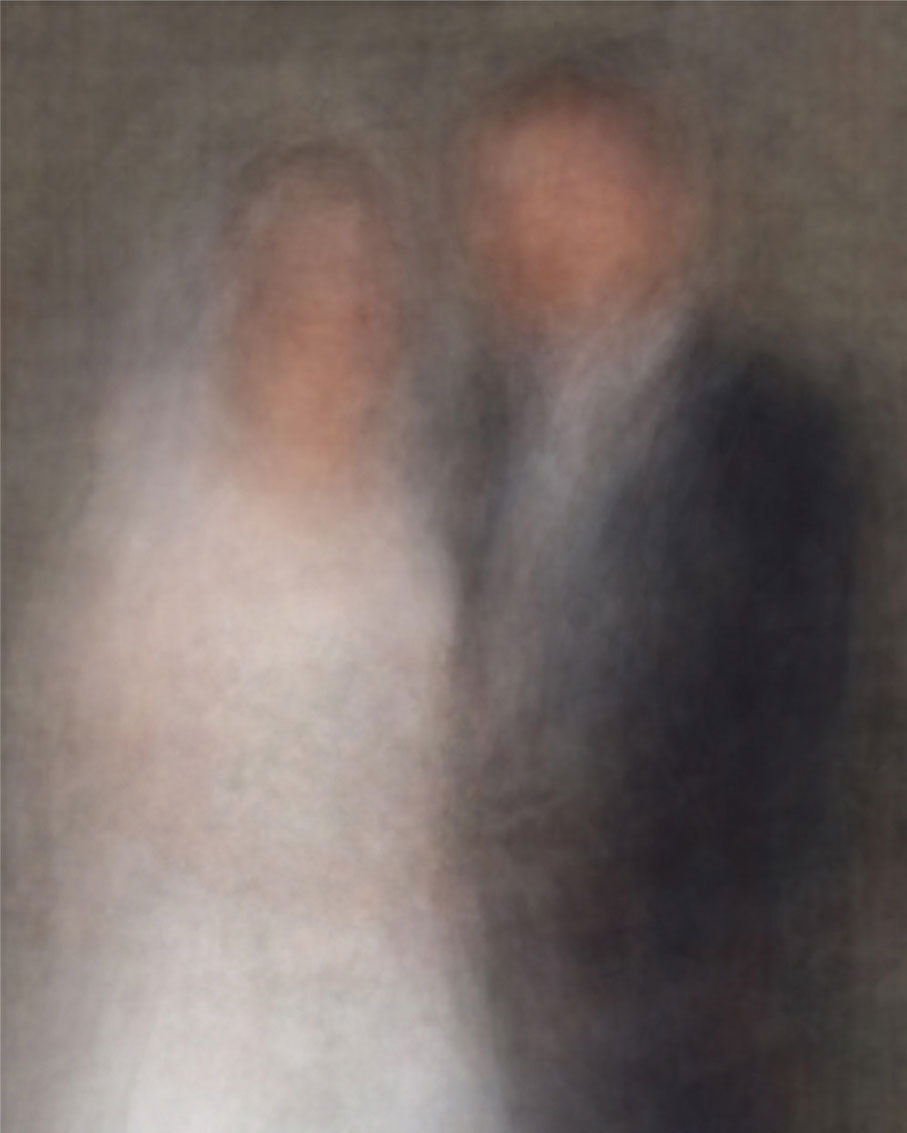
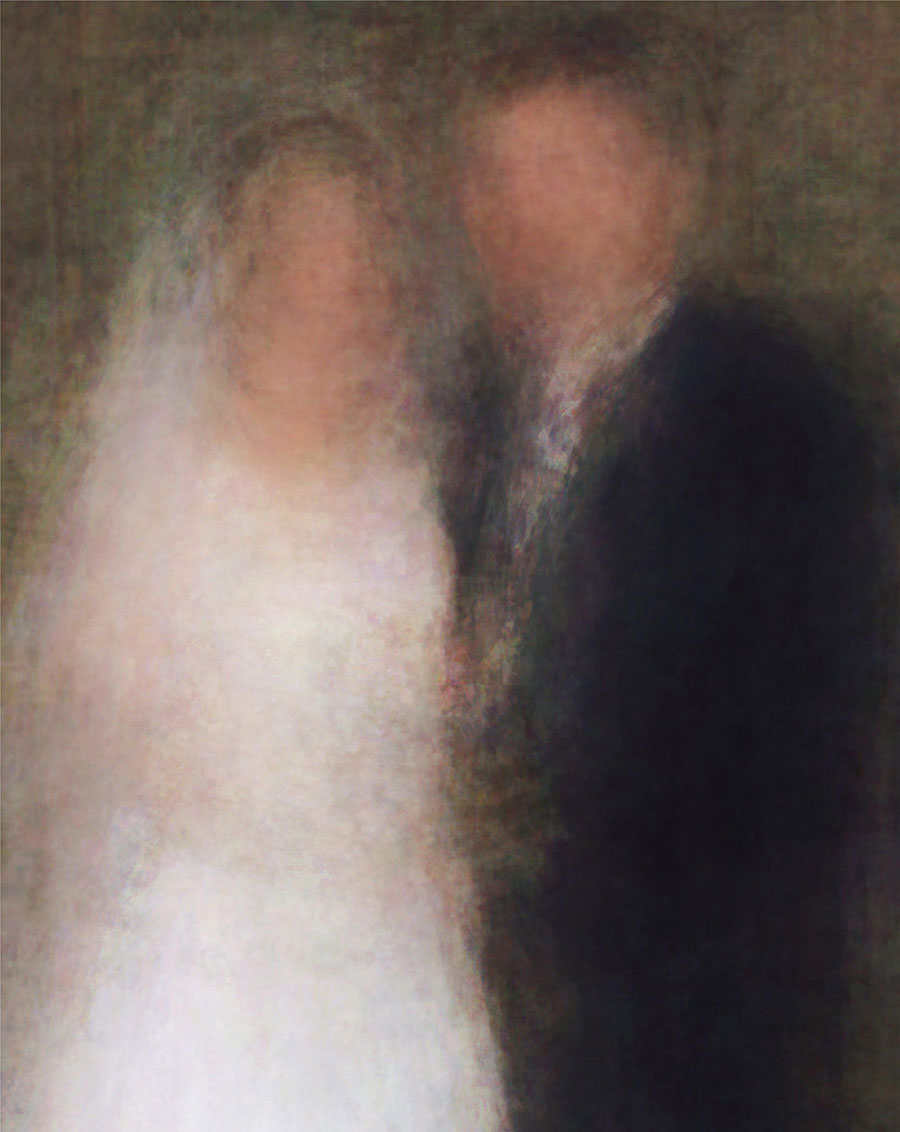
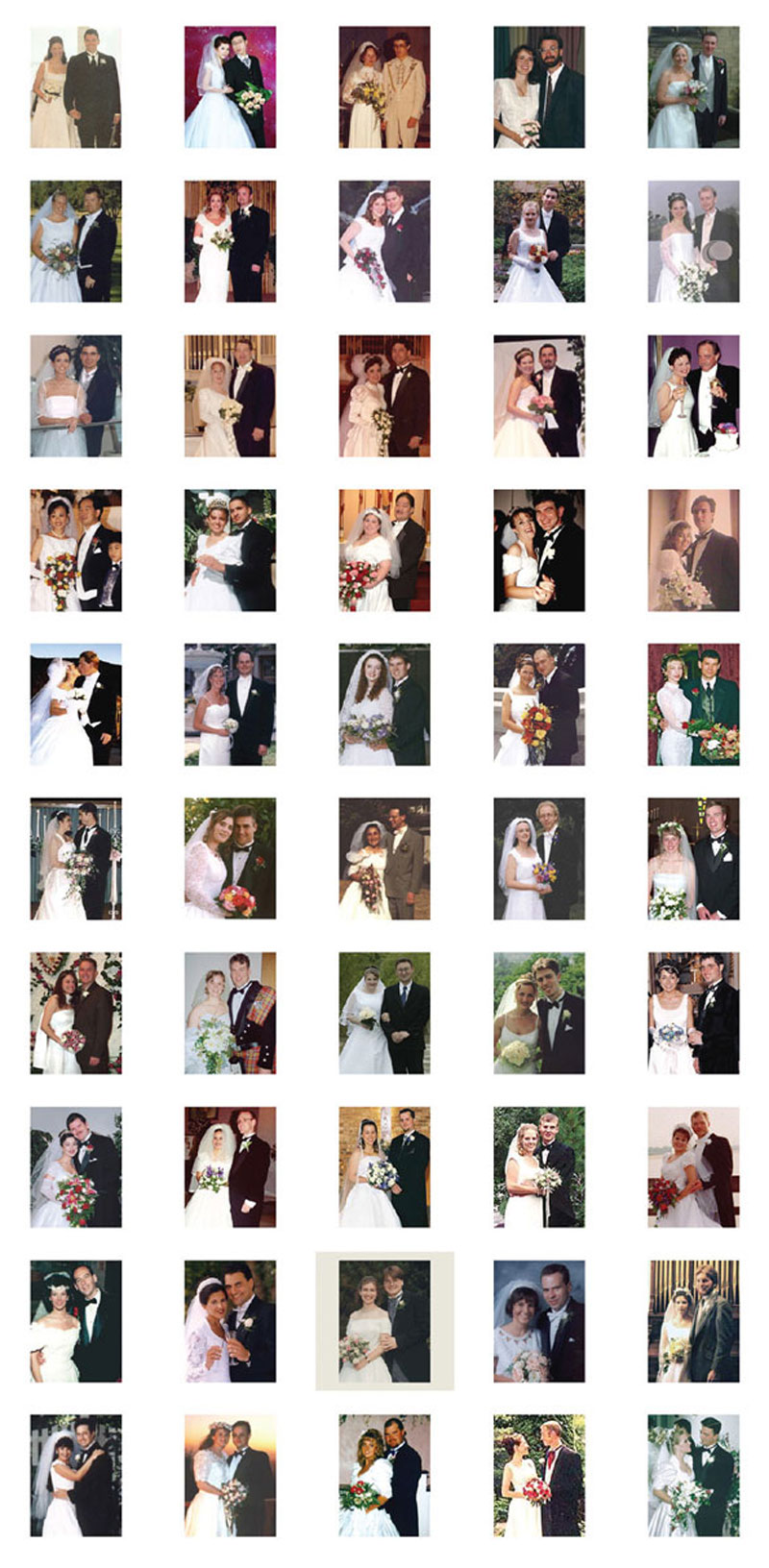
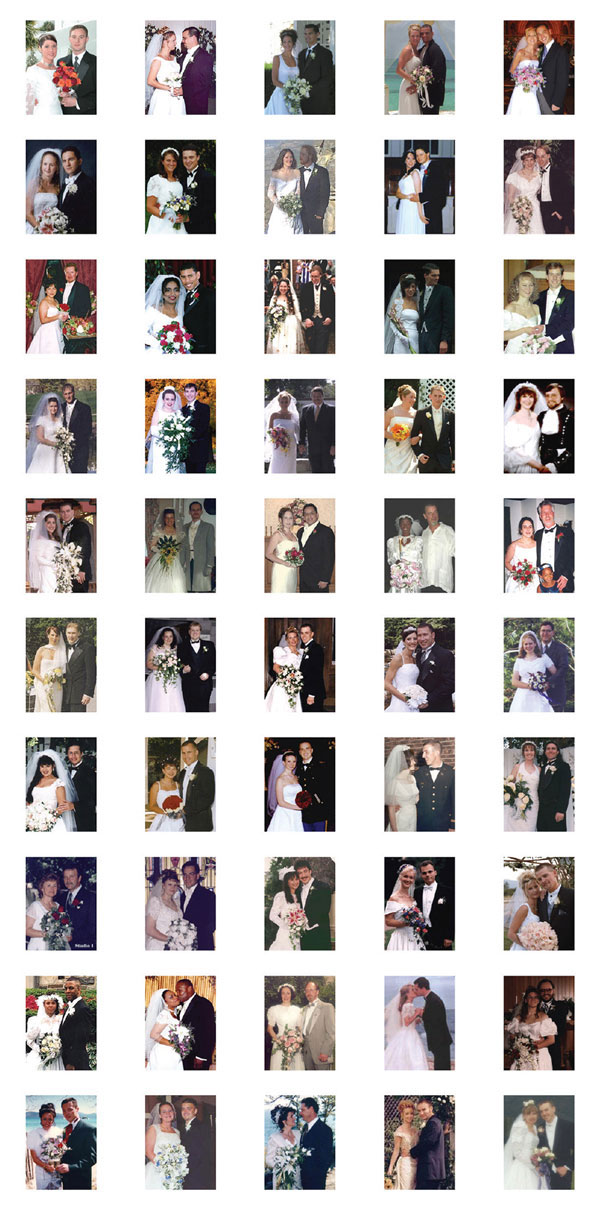
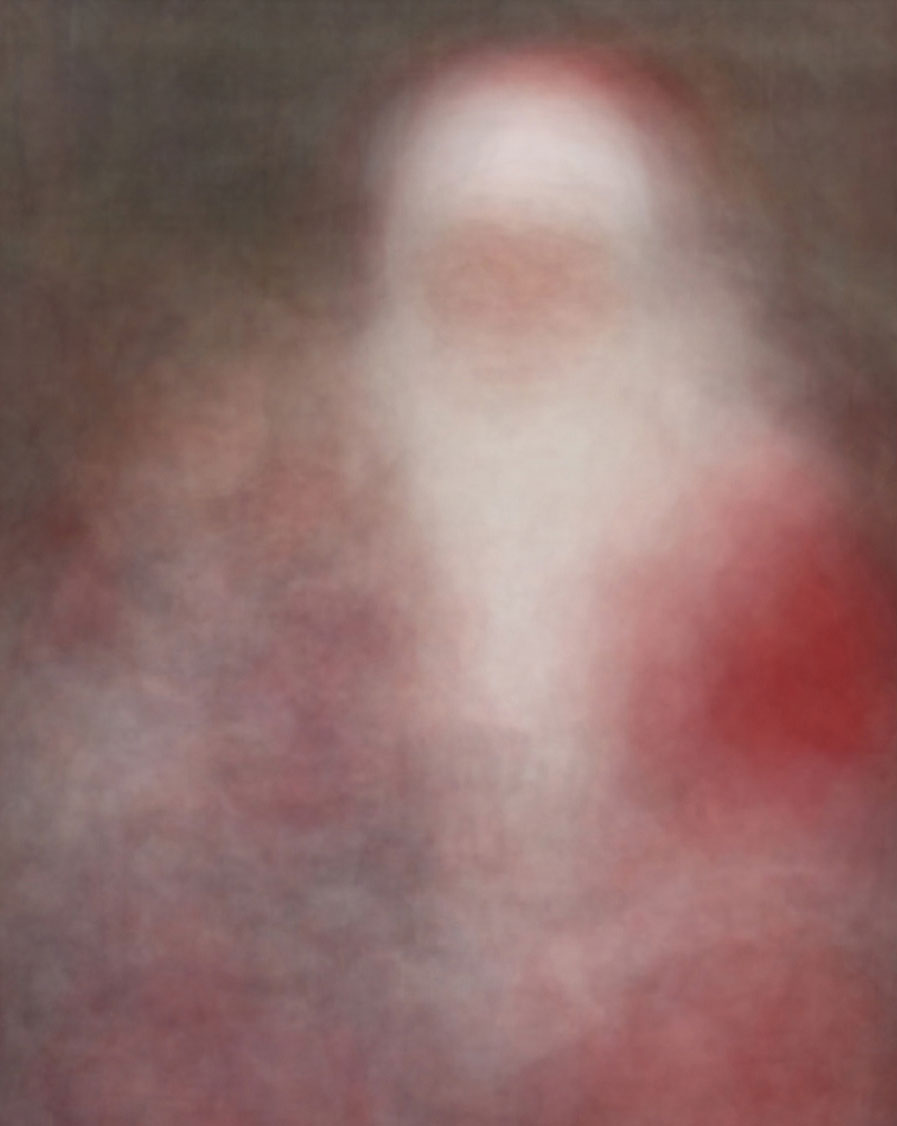
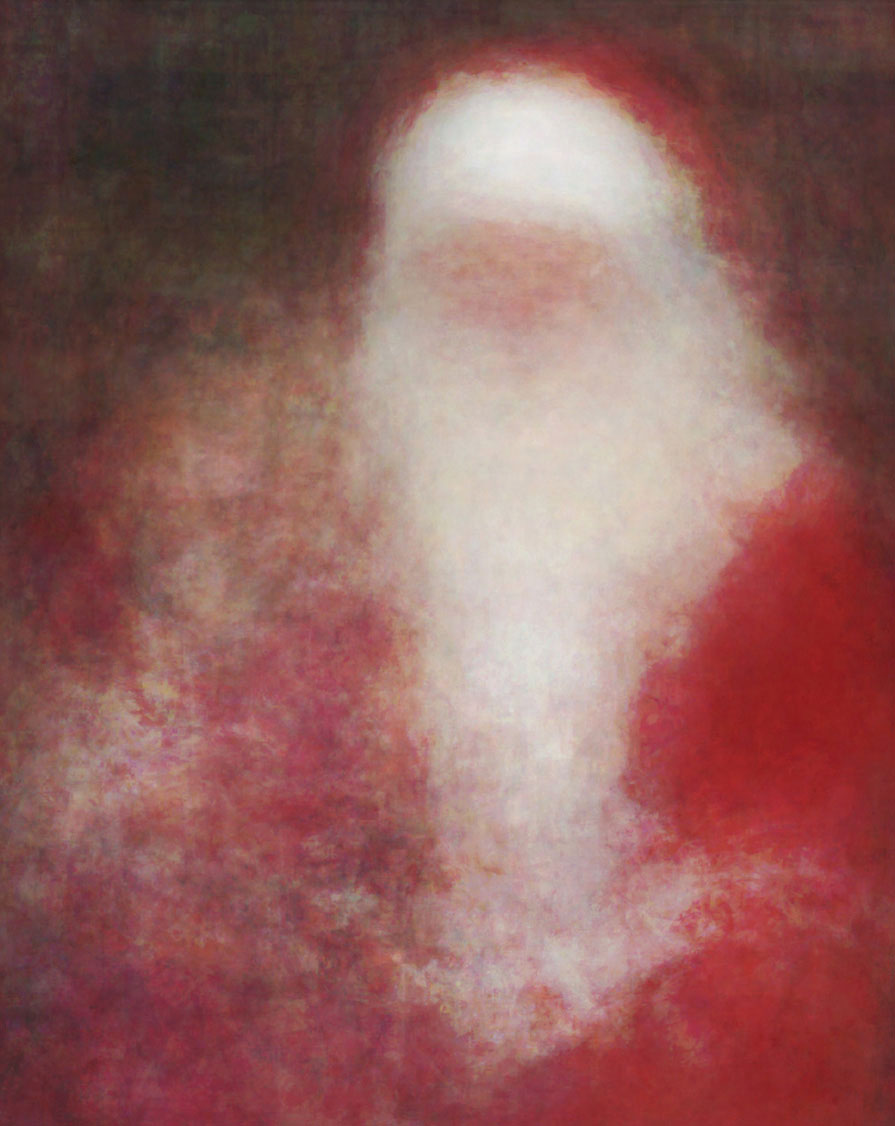
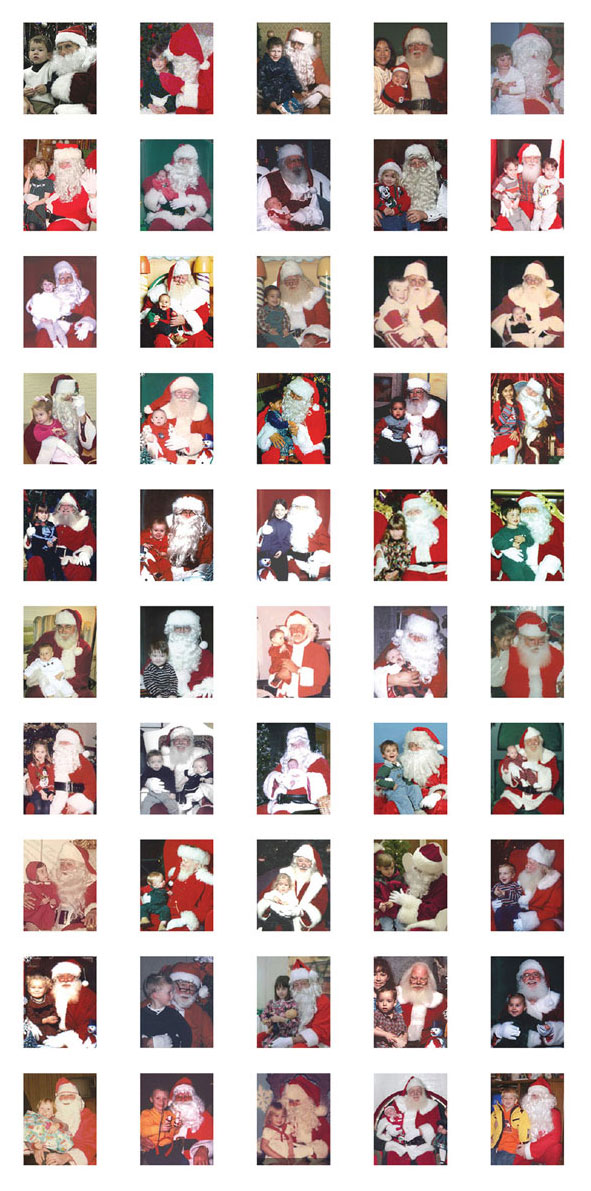
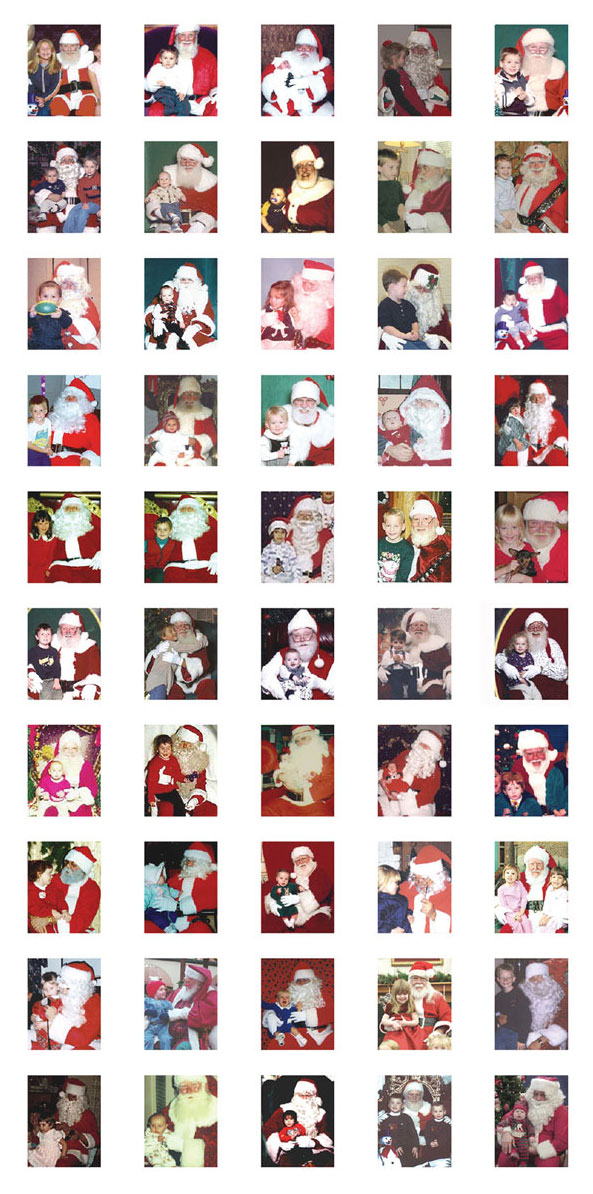
Jason Salavon is an artist based in Chicago. His work has been shown in museums and galleries worldwide and is included in a number of prominent public and private collections. Salavon has taught at the School of the Art Institute of Chicago and was employed for numerous years as an artist and programmer in the video game industry. He holds degrees from the School of the Art Institute of Chicago and the University of Texas at Austin. For more information, see www.salavon.com.
Spotted an error? Email us at corrections at cabinetmagazine dot org.
If you’ve enjoyed the free articles that we offer on our site, please consider subscribing to our nonprofit magazine. You get twelve online issues and unlimited access to all our archives.